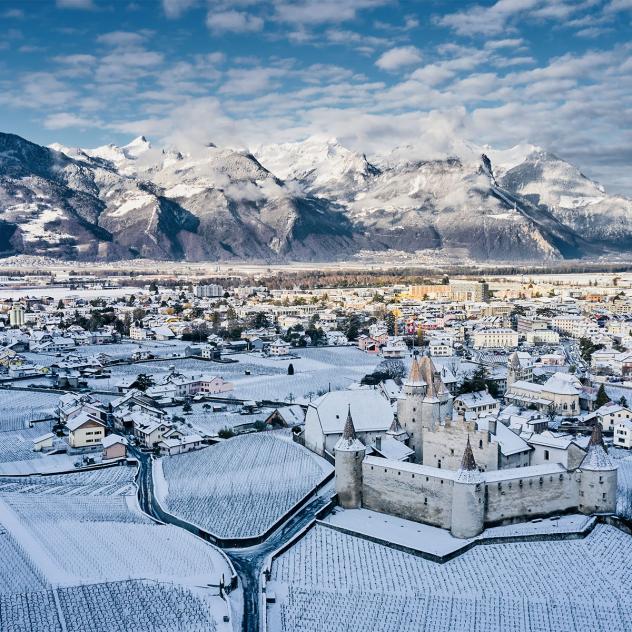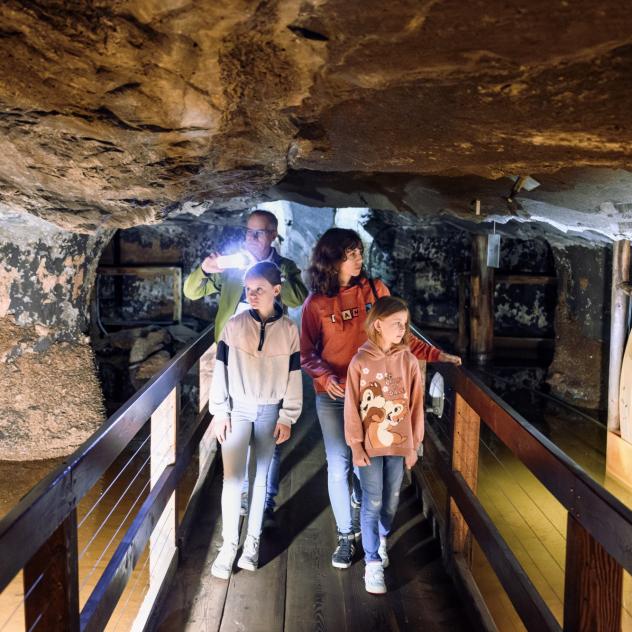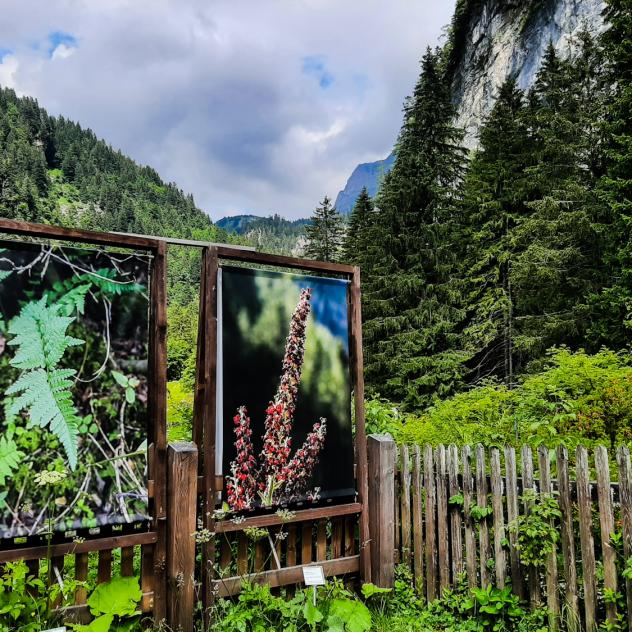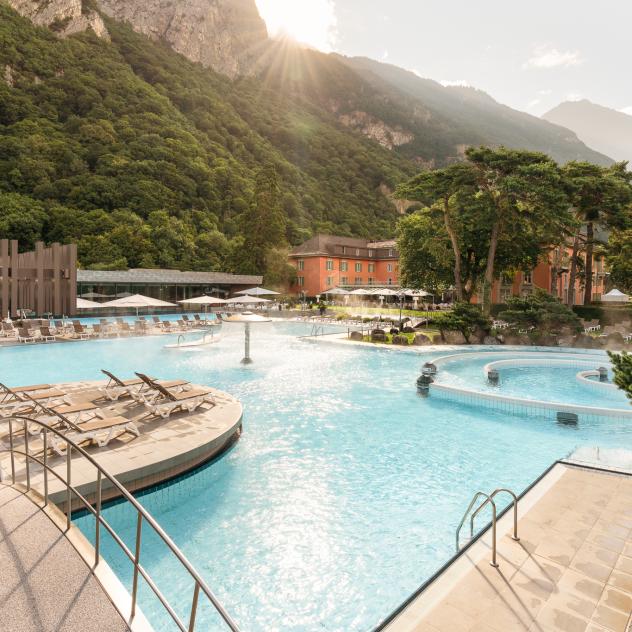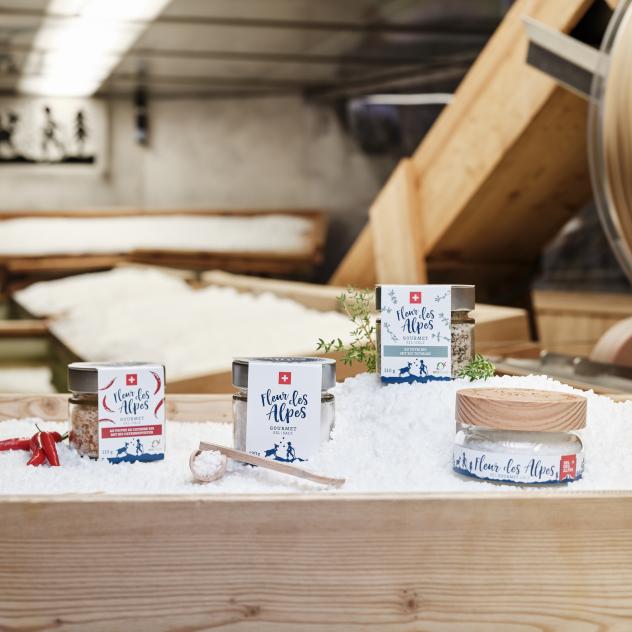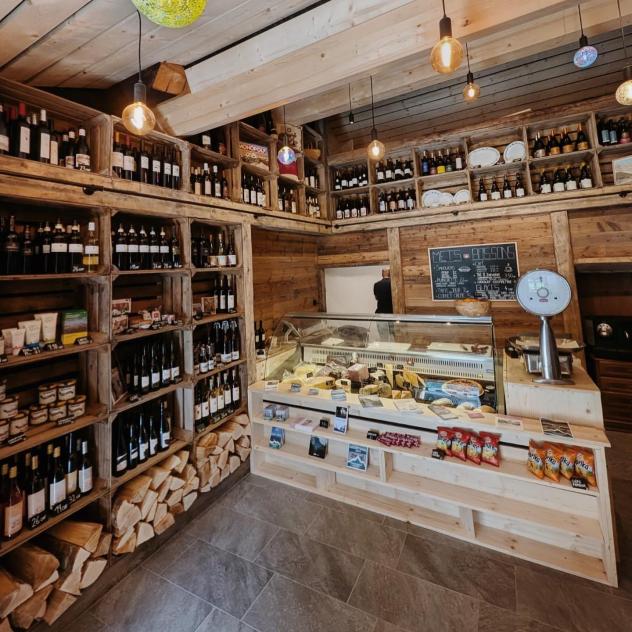
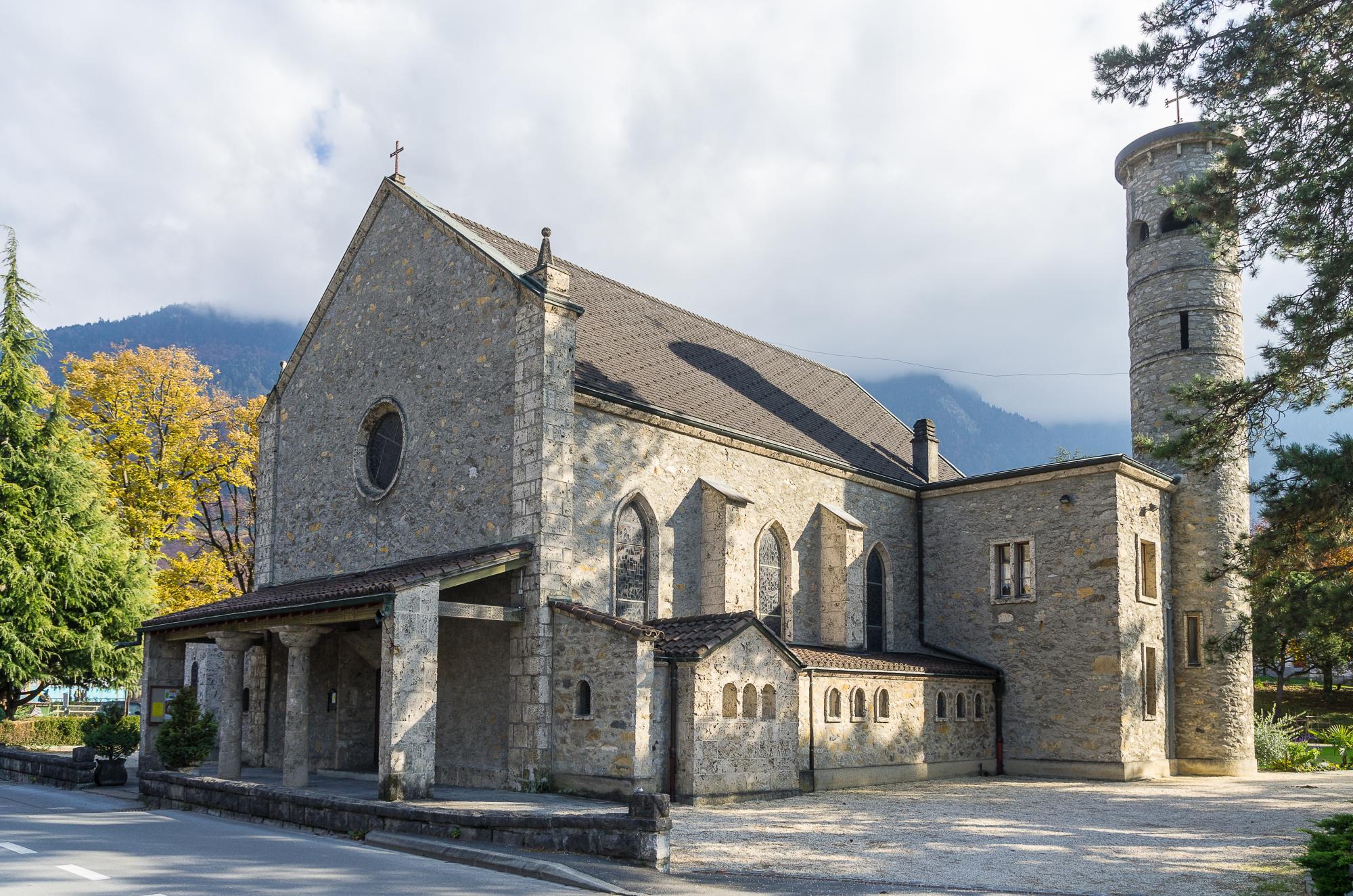
arrow_backBack
The Catholic church Bex
Contact information
place
Eglise Catholique Romaine
Route de l'Allex 15
1880 Bex
Overview
It offered a new place of worship to the Catholic community of Bex, which had been deprived of one since the church of St. Clement was consecrated to Protestant worship in 1528. It was transformed between 1937 and 1949 by the architect Italo Ferrari; the painter Paul Monnier created all the church's stained-glass windows, which depict the Seven Sacraments of Christ. Between 1948 and 1952, the Swiss Catholic theologian Maurice Zundel occupied a room in the bell tower.
In February 1528, the authorities and the population of Bex decided in favour of the reformed religion. On 5 March 1528, mass was abolished in the church of St. Clément (which became a Protestant temple) and the Catholic objects of worship were dispersed; it is said that the altar, for example, was acquired by the parish of Troistorrents (VS). For more than 300 years, Catholic mass was no longer celebrated in Bex.
However, in the 19th century, the influx of tourists led to religious diversification. Thus, around 1860, it was possible to attend a Reformed service, an Anglican service, a Lutheran service, a Liberal service, a Darbist service, or a Catholic mass in Bex; the latter took place in a room in the Hôtel des Salines (until 1869), and then in the Protestant temple of Bex between 1870 and 1878, on condition that no incense was burnt and no processions were held. The growth of the Catholic community led to a request for the construction of a church, completed in 1885 and dedicated to St. Clément (like the original church in Bex, which had become a Protestant temple). The parish church was built in 1891. A Catholic school was built next to the parish church in 1895. In 1900, there were 824 Catholics in the commune of Bex.
The church underwent transformations from 1937 to 1949: inspired by Italian monuments, the Lausanne architect Italo Ferrari (1910-1987), raised the façade and the bell tower, added side aisles and a baptistery, and covered the interior walls with Solnhofen stone slabs. He was inspired by the Basilica of Saint Apollinaire in Ravenna to remodel the entire building and transform the bell tower into a campanile. The sculptor Georges Blardonne created the altar and pulpit in Saillon marble. The tabernacle is made of yellow Sienna marble. The Valaisan Paul Monnier (1907-1982) - author of interior decorations and stained-glass windows in more than 60 churches in France and Switzerland - made the stained-glass windows and mosaics. His work in Belleren shows a symbolic use of colours: green for Death, red for Love-Passion, gold for Glory. The pulpit and altar in Saillon marble, and the tabernacle in Sienna marble are the work of the Geneva sculptor Georges Blardone (1907-1998).
In 1998, P. Monnier's stained-glass windows were used to illustrate a text by the French mystic poet Patrice de la Tour du Pin (1911-1975), written in 1946 on the occasion of the pilgrimage to Lourdes of French repatriates from the Second World War.
The Swiss Catholic priest and theologian Maurice Zundel occupied a room in the bell tower of the church between 1948 and 1952. This room was set up for him by a friend of his, the parish priest Heimgartner, who was in charge of the parish of Bex. Zundel's books published in the early 1950s, such as Recherche du Dieu inconnu (Paris, 1949) and Rencontre du Christ (Paris, 1951), were partly written during this stay in Bex.
Taking advantage of the heating and renovation work in the church of St. Clément, the Catholic parish of Bex has created a new liturgical space in 2019-2020. The furniture, made of the existing Saillon marbles of historical value, was entirely recreated. The concept was created by the Parisian architect Jean-Marie Duthilleul, who developed his thinking based on the Vatican II conciliar text on the liturgy. Thus, the new massive altar refers to the qualification of Christ as the cornerstone of the Church; the celebration space centred around the ambo and the baptistery recalls the entry of the faithful into the Church through baptism; the pews, arranged in a U-shape in the direction of the choir and of the new altar, favour looks and the feeling of belonging to the same community.
Practical information
For more information :
Sheet nº 250 of the architectural census of the Canton of Vaud
Ch. Buffat, Guide du promeneur à Bex, Bex, 1879.
R. A. Houriet, Bex du régime bernois à la révolution vaudoise, Bex, 1957.
R. A. Houriet, Bex (collection Trésors de mon pays 140), Neuchâtel, 1972.
A. Menciotti-Manni, 'La paroisse catholique de Bex', Revue du Mandement, 46, 2013.
P. de la Tour du Pin, Chemin de croix, edited by G. Athanasiadès and M. Maret, Editions Saint-Augustin, St-Maurice, 1998.
F. M. Bussard, "Nouvelles", Les Echos de St-Maurice, 41, 1942.
Ph. Gagnebin, Le don de l'esprit, Editions Saint-Augustin, St-Maurice, 2000.
Location
Getting to Bex
Car parks and transport
Brochures and maps
Practical information
- location_on
Office du Tourisme de Bex
Avenue de la Gare 68
1880 Bex
- phone_in_talk
+41 24 463 30 80
- mail
info@bex-tourisme.ch
Facebook
Instagram

